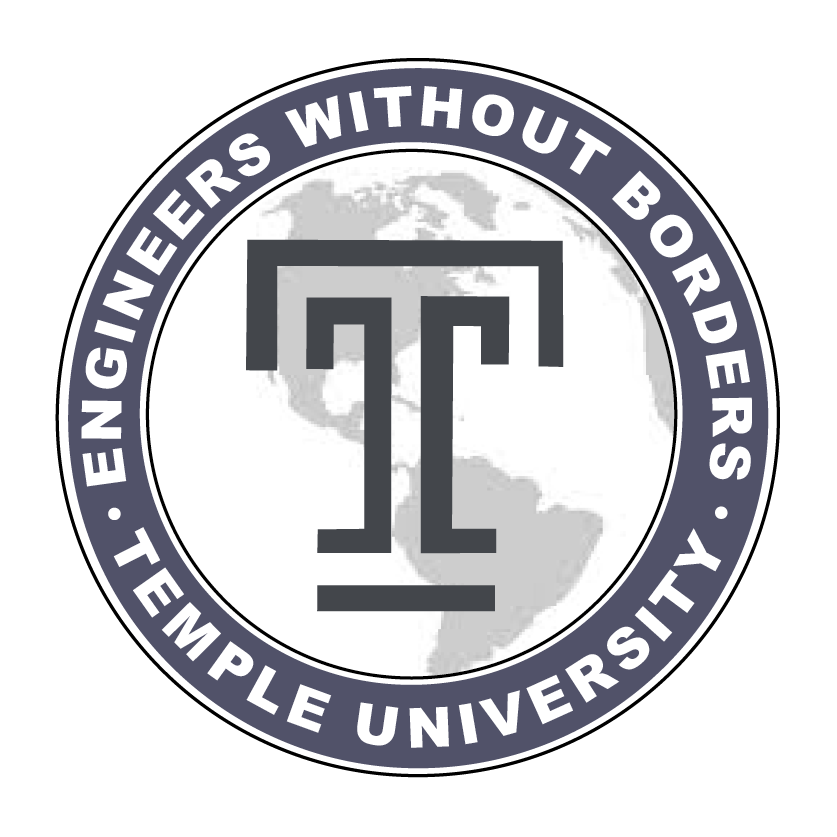Temple EWB’s current project is in a rural community of around 300 residents in Nueva Jerusalén, Ecuador. The community has expressed that one of their biggest concerns is their lack of sanitation facilities and resulting public health issues. During our Assessment trip in late May of 2023, we were able to survey all 52 households interested in collaborating with us. We were able to learn so much from the incredibly welcoming community members.

Conversations with community leaders revealed that they are aware of how their current sanitation practices (open defecation) are polluting the river, creeks, and the surrounding environment. They do not have a reliable solution for this. They also mentioned climate change being the cause of the increasing frequency of floods, which in turn worsens the clogging of their few latrines and water source. This leads to health complications, particularly high mortality rates amongst the children and other health complications.

After completing household surveys, developing base maps of the households of interest, and collecting water quality data, we were excited to begin developing designs for latrines that are best suited for their environment and needs.
During the 2023 fall and 2024 spring semesters, our team worked on an alternatives analysis of a two-tank septic system, a biodigester system, and a compost toilet. This work was accompanied with the development of an initial design for each system. The community’s input and opinions continued to be a large influence on our decisions when it came to the latrine design.


Following our alternatives analysis, we decided to rely on the following latrines systems for our pilot implementation: a compost latrine and a biodigester system.
- Compost latrine is a waterless latrine system with the objective of having the feces accompanied by dry matter—such as dry leaves and sawdust—decompose in what we call a compost pit. After a year untouched and under these aerobic conditions, this solid waste will be broken down into compost, which can be ideally used as fertilizer or sold at local markets.
- The biodigester system uses a flushing toilet and a waste-collection tank that contains a neutralizing agent which breaks down the waste by introducing waste-consuming microbes, finally converting the waste into soil after a process of bio digestion.
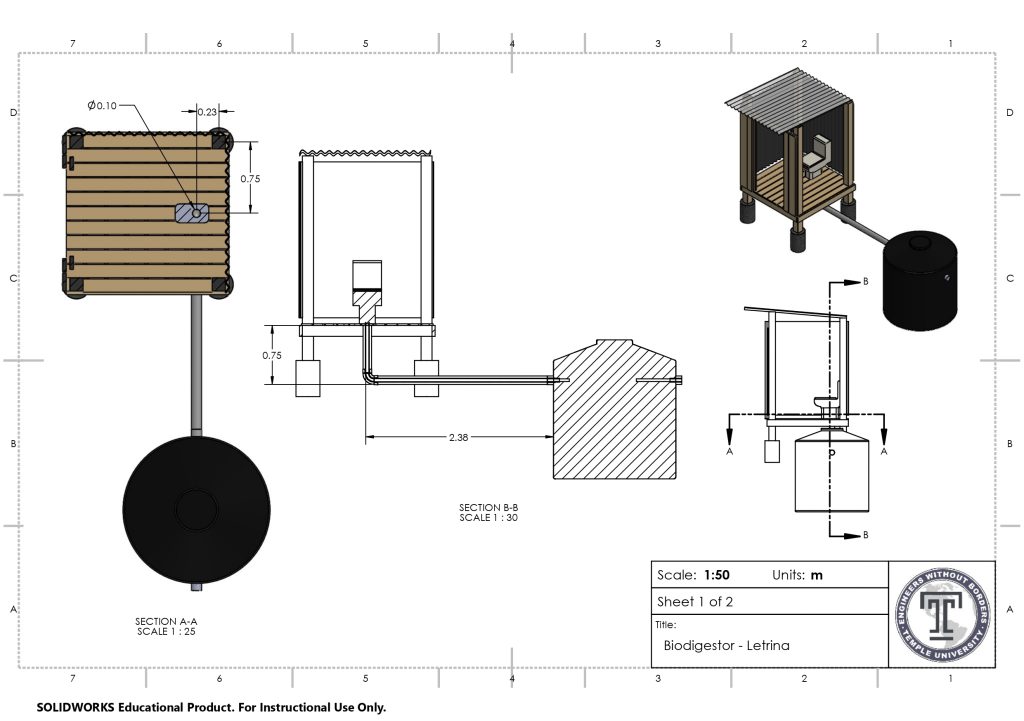
During late May 2024, some EWB members travelled to Nueva Jerusalén to work on the pilot implementation. We built 6 pilot systems, 3 of each type with the community member’s help and co-operation. This trip’s objective was to not only aid and oversee the construction of the six pilot latrines (three of each system), but to bond with the community and establish a reliable relationship with them to ensure a successful project.
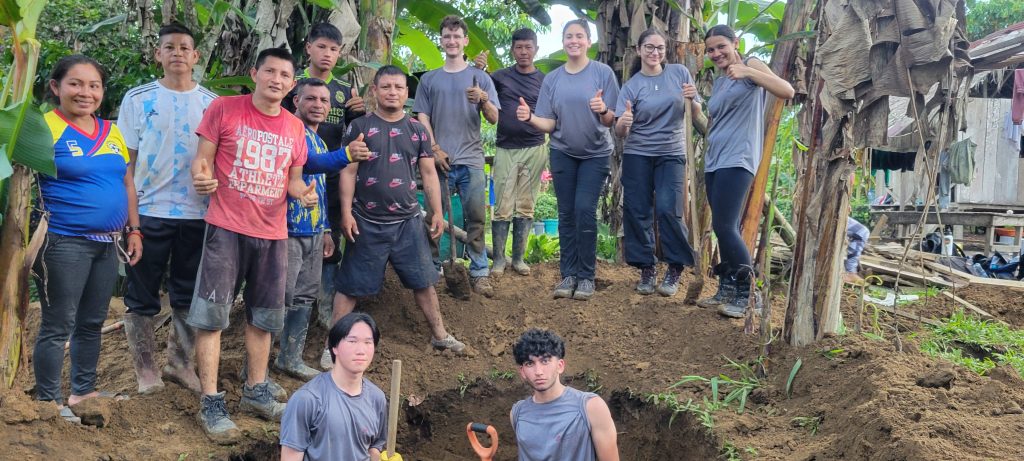
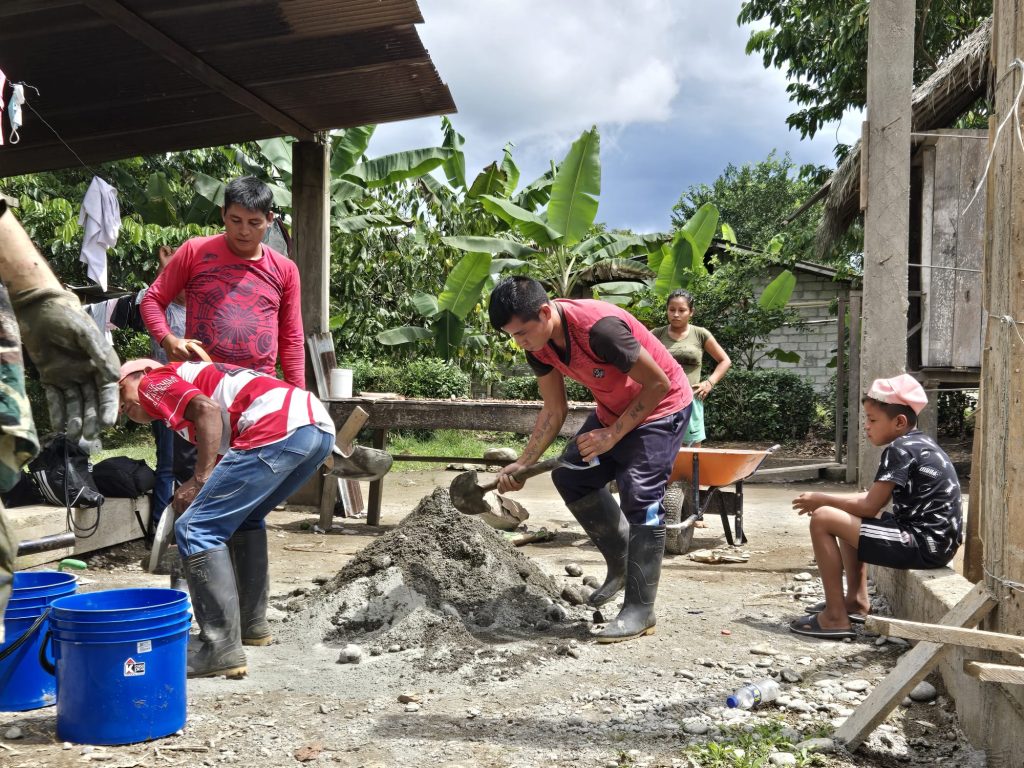
Working on the field, we performed exciting tasks like shoveling, hammering, levelling, cutting the wood using circular saw, and mixing cement. It was a great way to see and practice the application of engineering in the real world. We also had a meeting with the community, to explain to them the operations and maintenance of the systems and the further plan of action.
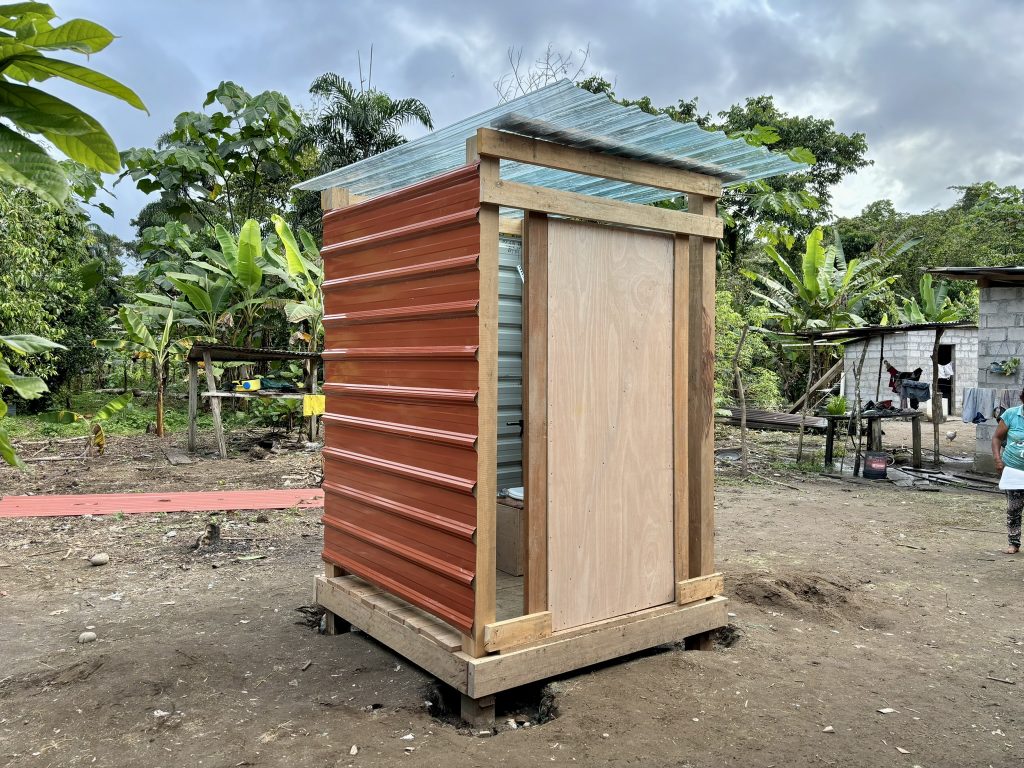
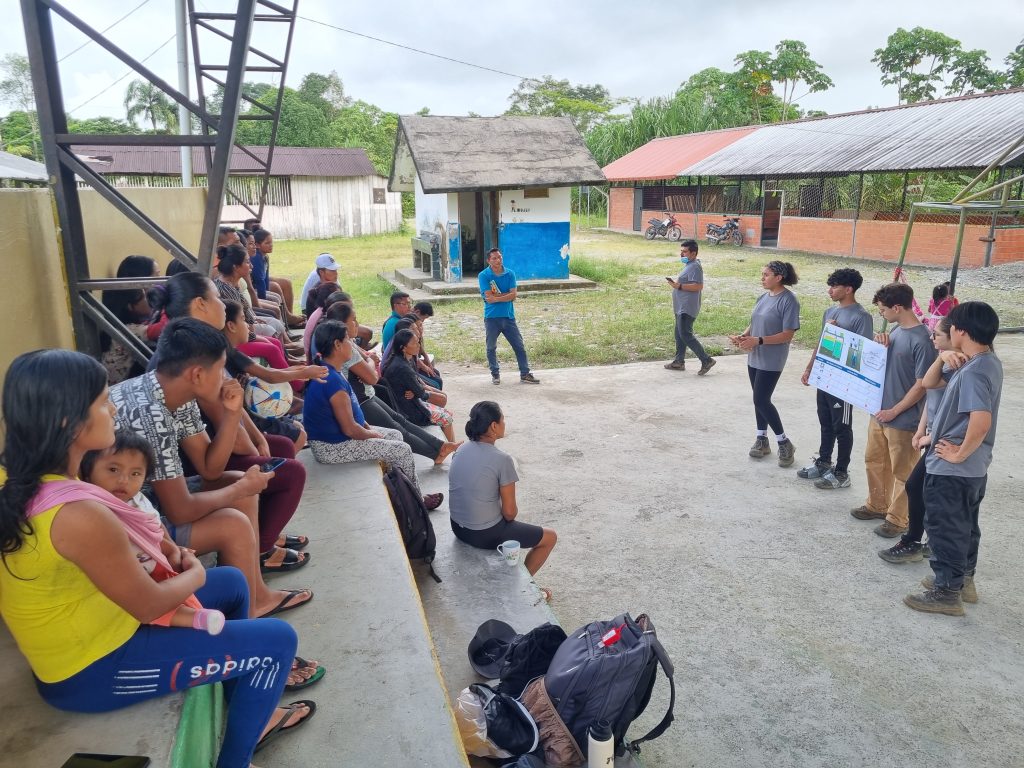
After the construction, our focus as a team is to monitor the latrines during the year to eventually help decide the system that will be implemented in the whole community by May 2025. Based on feedback from the community, we will rework on the CAD models to design concrete structures of the selected system.
